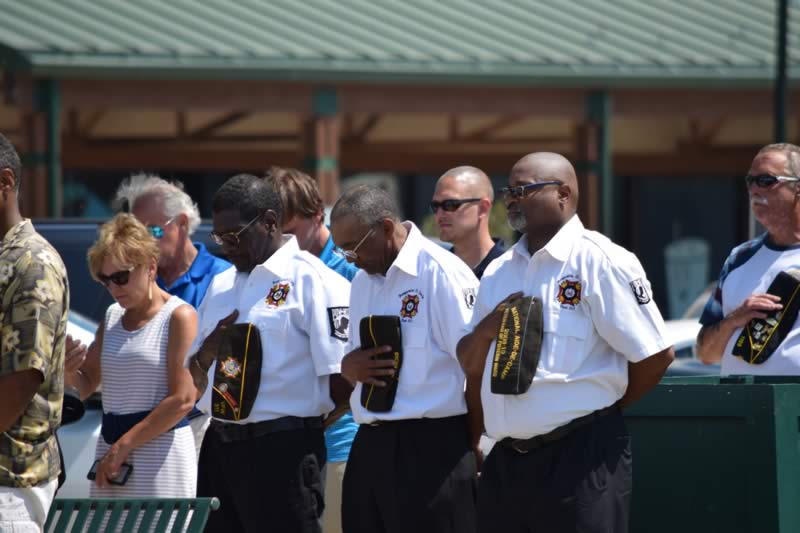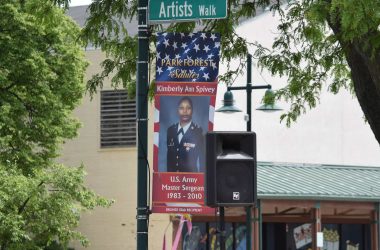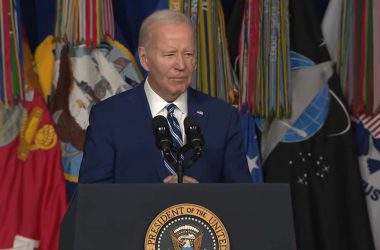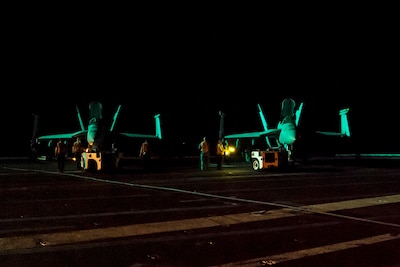Washington, DC–(ENEWSPF)–August 19, 2016
By: Cheryl Pellerin
U.S. planes were scrambled yesterday over northeastern Syria after two Syrian air force SU-24 attack planes conducted strikes near Hasakah while coalition forces were conducting operations there as part of Operation Inherent Resolve, Defense Department spokesman Navy Capt. Jeff Davis said today.
Sailors prepare to secure two F/A-18E Super Hornets to the flight deck of the aircraft carrier USS Dwight D. Eisenhower in the Persian Gulf, July 29, 2016. The Eisenhower and its carrier strike group were deployed in support of Operation Inherent Resolve, maritime security operations and theater security cooperation efforts in the U.S. 5th Fleet area of operations. Navy photo by Petty Officer 3rd Class Anderson W. Branch
The airstrikes were preceded by a couple of days of clashes on the ground that involved artillery, Davis told reporters at the Pentagon this morning.
“It troubles us when we see …regime airstrikes in Hasakah in an area where it’s well known by everybody, to include the [Bashar al-Assad] regime, that the coalition is actively engaged in operations against [the Islamic State of Iraq and the Levant,” he said.
“We view instances that place coalition personnel at risk with the utmost seriousness,” Davis added, “and we do have the inherent right of self-defense when U.S. forces are at risk.”
Davis said this is the first time U.S. planes have been scrambled in response to Syrian bombing, and that the coalition has never before seen the Assad regime take such action against the mainly Kurdish YPG.
Ensuring Safety
When the strikes occurred, Davis said that partners on the ground used the guard frequency, an aviator frequency that pilots are supposed to monitor, to try to reach the planes. There was no response.
Afterward, Davis said, “we immediately contacted the Russians … via our established [memorandum of understanding] channel used for de-confliction of airspace and to ensure the safety of coalition forces and their counter-ISIL efforts, and they assured us the aircraft were not Russian.”
The coalition made clear to the Russians to pass along to the Syrians that U.S. aircraft would defend troops on the ground if threatened, the captain said.
“And, we continue to monitor airspace in proximity to our forces,” he added.
Coalition aircraft were sent to the area, Davis said, but by the time they reached the airspace around Hasakah, the Syrian planes were departing.
Coalition and U.S. special operations forces were in the area at the time, but no one was affected by the airstrikes and they are safe, he added.
“And, we will ensure their safety,” the captain said.
Davis said more U.S. combat air patrols have been sent to the area to ensure safety for forces on the ground.
“As we’ve said in the past,” he added, “the Syrian regime would be well-advised not to interfere with coalition forces or our partners.”
Follow Cheryl Pellerin on Twitter: @PellerinDoDNews
Source: http://defense.gov









